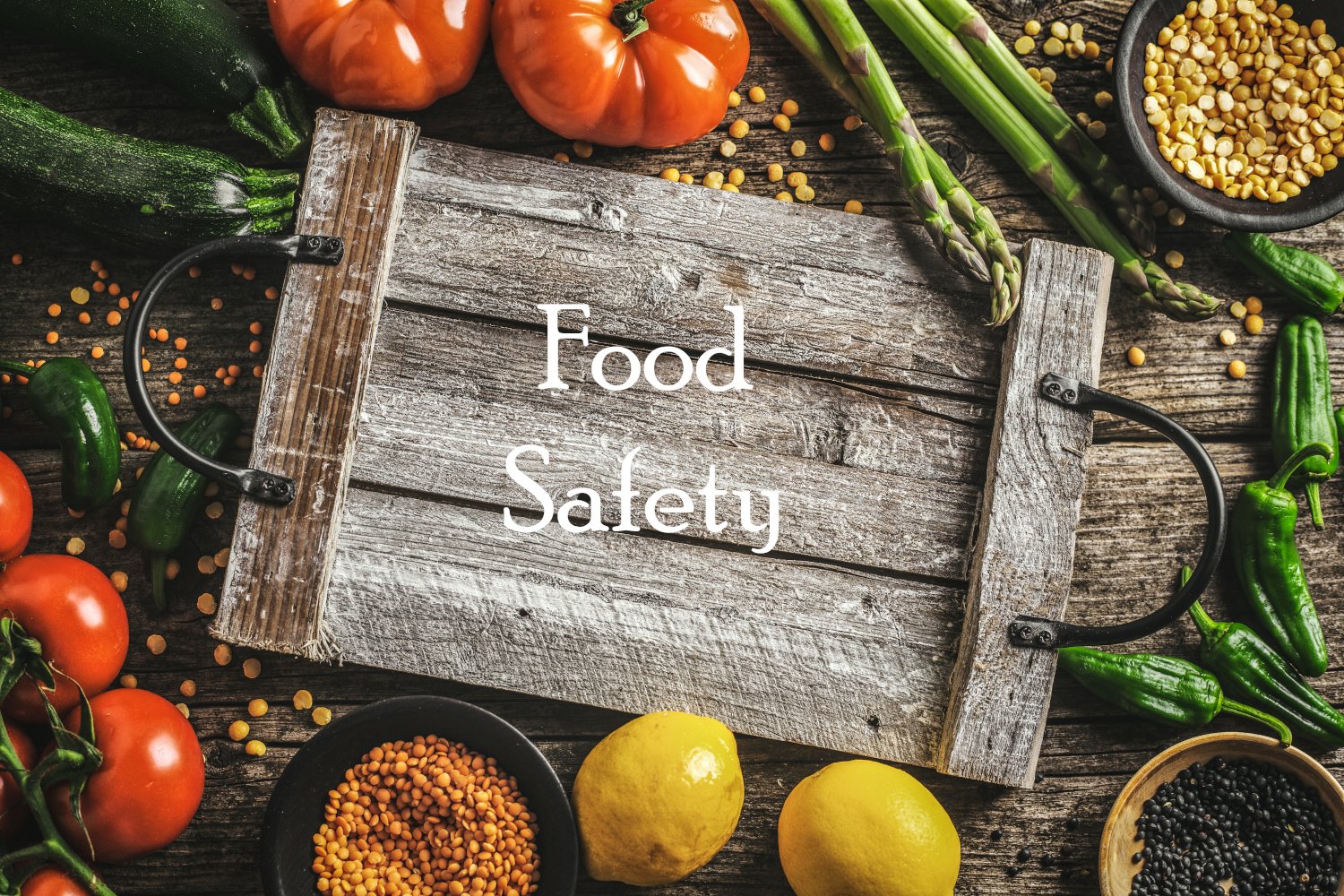
General Guidelines for Handling Food Safely
Food safety is a critical issue that affects everyone. The importance of safe food handling practices cannot be overstated. Proper food handling ensures that the food we consume is free from harmful bacteria, viruses, and other contaminants that can cause serious illness. Therefore, it is essential that we follow general guidelines for handling food safely.
One of the most important rules of food handling is to maintain a clean and sanitary work environment. This includes regularly cleaning and disinfecting all surfaces, utensils, and equipment that come in contact with food. It is also crucial to wash hands frequently and properly before handling food, after using the restroom, and after touching any potentially contaminated surfaces.
When handling food, it is important to pay attention to temperature control. Temperature is a critical factor in preventing the growth of harmful bacteria. Fresh food should be cooled to a temperature of 4-7°C to prevent the growth of pathogenic microorganisms. The lower the temperature, the slower the proliferation of microorganisms, so freezing at -18ºC is the safest option, as it keeps them in a latent state in which they do not multiply.
Cooking Safely
Cooking food at the right temperature is also essential. In order to ensure proper food hygiene, it is important to know the temperature at which bacteria die in food. One of the most effective methods of killing bacteria is cooking at, at least, 75°C for two minutes, although temperature and time requirements depend on the food and the microorganisms it may harbor.
It is also essential to handle different types of food appropriately. Fish and seafood, for example, are particularly fragile in terms of contamination, so it is necessary to ensure that the cold chain is not broken in food handling processes. Meat, poultry, and dairy products should be kept separate from each other to prevent cross-contamination. Vegetables and fruits should be washed and disinfected thoroughly before consumption or processing.
Storage Best Practices
In addition to temperature control and proper handling practices, it is crucial to follow proper storage procedures. Perishable foods should be stored in the refrigerator at 4°C or below, while frozen foods should be stored at -18°C or below. Dry goods and canned goods should be stored in a cool, dry place away from direct sunlight.
Finally, it is essential to be aware of food recalls and to take appropriate action if you have purchased a recalled product. Pay attention to news reports and recall notices, and take prompt action if you have purchased a recalled product.
In conclusion, safe food handling practices are critical for preventing foodborne illness. By maintaining a clean and sanitary work environment, controlling temperature, handling different types of food appropriately, following proper storage procedures, and being aware of food recalls, we can all play a role in ensuring the safety of the food we consume.